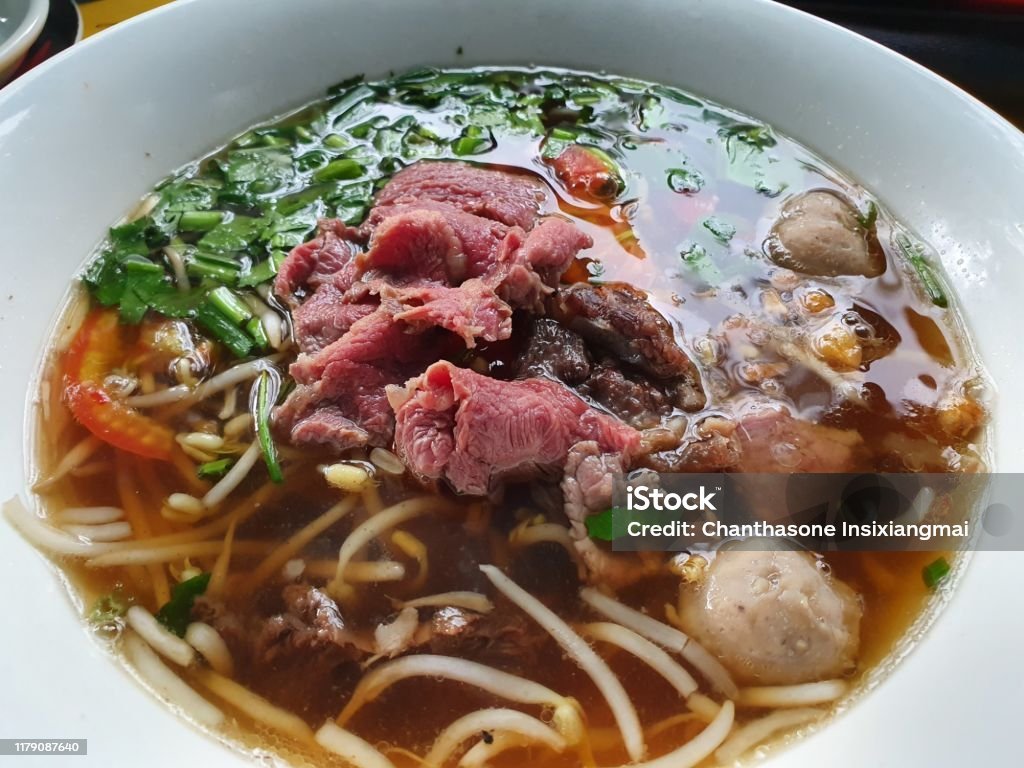
Nestled just outside the bustling city of Hanoi, the village of Van Phuc stands as a living testament to Vietnam’s rich heritage of silk weaving. For over a thousand years, this village has been the heart of Vietnam’s silk industry, producing some of the finest silk that has adorned Vietnamese attire, especially the iconic Ao Dai. The village’s enduring dedication to this ancient craft has not only preserved a significant aspect of Vietnamese culture but also adapted to the modern world, ensuring that the traditions of Van Phuc remain vibrant and relevant today.

The Art of Silk Production: From Silkworms to Fabric
The journey of Van Phuc silk begins with the delicate care of silkworms, the true artisans behind the raw silk threads. The process starts with the meticulous cultivation of mulberry trees, whose leaves are the primary food source for the silkworms. As the silkworms feed, they grow and eventually spin cocoons of silk thread. These cocoons are then carefully harvested, and the threads are unwound in a process known as reeling. The skill required to handle the delicate threads is immense, as even the slightest error can break the fine silk strands.



Once the raw silk threads are collected, the weavers of Van Phuc take over. Using traditional wooden looms, they skillfully weave the threads into luxurious silk fabric. The intricate patterns and designs that adorn Van Phuc silk are a blend of age-old techniques and the weavers’ creative expressions, each piece reflecting the deep cultural heritage of the village. The shimmering, smooth texture of the silk is a result of generations of knowledge passed down through families, making each piece of fabric not just a product but a work of art.
The Cultural Significance of Silk in Vietnamese Attire
Silk has always held a place of prestige in Vietnamese culture, symbolizing elegance, sophistication, and status. In particular, the Ao Dai, Vietnam’s traditional dress, often features Van Phuc silk as its fabric of choice. The soft, flowing nature of the silk enhances the grace and beauty of the Ao Dai, making it a preferred material for formal occasions, weddings, and cultural ceremonies. The vibrant colors and intricate designs of the silk add to the Ao Dai’s appeal, making it not just a garment but a statement of cultural pride.
The use of Van Phuc silk in the Ao Dai and other traditional attire underscores its importance in maintaining Vietnamese cultural identity. Each piece of silk carries with it the legacy of the village’s history, connecting the wearer to a tradition that has been cherished for centuries. In a rapidly modernizing world, Van Phuc silk serves as a reminder of the enduring beauty of Vietnam’s cultural heritage.

Balancing Tradition and Modernity
As Vietnam continues to develop and globalize, the village of Van Phuc has faced the challenge of preserving its traditional craftsmanship while meeting the demands of modern markets. The village has successfully navigated this balance by innovating within its craft without compromising its authenticity. Modern designs and patterns have been incorporated into the silk, appealing to contemporary tastes while retaining the quality and artistry that Van Phuc is known for.
Moreover, the village has embraced the opportunities provided by tourism and e-commerce, allowing Van Phuc silk to reach a broader audience. Visitors to the village can witness the silk-making process firsthand, gaining an appreciation for the skill and dedication involved. Online platforms have also enabled Van Phuc to market its products globally, ensuring that the village’s silk continues to be celebrated both in Vietnam and abroad.

Conclusion
Van Phuc, with its thousand-year-old silk weaving tradition, remains a cornerstone of Vietnam’s cultural heritage. The village’s ability to adapt to modern demands while preserving its traditional craftsmanship is a testament to the resilience and creativity of its people. As Van Phuc silk continues to grace the wardrobes of those who value its beauty and history, the village itself stands as a vibrant reminder of the enduring legacy of Vietnamese culture.







